Description
Image:
A warm, exotic forest scene with fruit trees and oud woods, evoking a dense Thai woodland.
Description of notes:
The composition is created in the best traditions of sweet, fruity oud aromas reminiscent of Thai oud oils. It has a dense woody-cashmere aura with soft powdery animalic nuances enhanced by the warm, cozy notes of sheep wool musk. Voluminous yet unobtrusive, this fragrance envelops you like a warm, sensual blanket of refined woody notes.
The top unfolds with soft cashmere and earthy cypriol merged with juicy peach. As it settles, the heart reveals an extraordinary combination of nard (spikenard), wool musk, and supple leather. The nard adds an incense-like resin warmth while creating an interesting animalic effect remarkably close to real oud—woody, balsamic, and mystical.
In the base, precious ambergris, aged teak, and old wood create a profound foundation that lingers for hours. The wool musk continues to provide its unique cozy, natural animalic quality throughout the fragrance’s evolution, while the nard’s resinous character deepens and becomes more meditative over time.
Specialty Perfume
Udus stands as a triple specialty fragrance, distinguished not only by its extraordinary composition but by its unique purpose and rare materials. This exceptional creation represents a masterful reconstruction of the now-unavailable Thai Trat plantation oud that formed the heart of Oud Brouillard—a material that was completely sold out three years ago and remains irreplaceable in today’s market.
The original Thai Trat oud was renowned for its exceptional quality and purity of aroma, characterized by pronounced frankincense-like character, luscious tropical fruits, leather base, and profound woody nuances. While the Trat region continues to produce oud oils of excellent quality, each harvest differs in its facets due to decades-long cultivation cycles, weather conditions, climate variations, and infection patterns. The specific oud used in Oud Brouillard—with its unique woody qualities reminiscent of spiced incense, aged Virginian cedarwood, smooth Mysore sandalwood, and bags of warm myrrh resin—combined with sensual, deep, yet clean animalic notes, may never be replicated exactly.
This reconstruction became possible only through the use of two exceptionally rare natural materials: authentic nard (spikenard) oil and sheep wool musk absolute. As I explained in my article The Multilayered World of Oud, reconstructing oud is extraordinarily complex due to the material’s multifaceted nature and regional variations.
Nard oil (Nardostachys jatamansi) represents one of perfumery’s most ancient and revered materials, rarely used in modern compositions due to its intense character and limited availability. This green muskroot absolute offers a complex profile of woody, root-like, slightly animalic notes with hints of valerian and forest floor. Its inclusion is crucial for recreating the deep, mystical quality of aged oud—the nard’s natural muskiness and resinous warmth mirror the animalic-balsamic facets found in the finest agarwood oils. The material’s ability to bridge woody and animalic notes makes it indispensable for this reconstruction.
Sheep wool musk absolute is an innovative and ethical response to the perfume industry’s quest for natural animalic notes. Obtained from the wool of free-grazing sheep through a proprietary extraction process, this material offers clean barnyard animalic notes with gently smoky, leathery nuances. Its role in recreating oud’s character is vital—providing the warm, cozy animalic quality that makes natural oud so captivating while adding exceptional longevity. This sustainable material transforms what was once considered agricultural waste into a precious perfumery ingredient, making it both environmentally conscious and olfactorily extraordinary.
Together, these rare materials enable Udus to achieve what seemed impossible: faithfully recreating the irreplaceable Thai Trat oud experience. The result is not merely a fragrance but a testament to the art of reconstruction—expensive, complex, and achievable only through the masterful combination of the rarest natural aromatics. Each bottle represents a collector’s treasure for those who appreciate the pinnacle of perfumery craftsmanship and the preservation of olfactory memories.
History of Creation:
Olfactory impressions and associations are vital in my work, so I often craft them intentionally (for more details, see the article How Scents Evoke Associations). It’s easiest and most interesting to do so through direct encounters with aromatic plants, as I did with acacia and the cocoa tree in the Frankfurt Botanical Garden, cistus (zistrose) in the Berlin Botanical Garden, or fig leaves in Italy. By the way, I recall my vacation at Lake Garda less for the oppressively hot days by the pool and more for the soft, gentle evenings with the powdery, dusty green scent of fig leaves. Since fig trees grew everywhere, nothing stopped me from regularly applying their sap to my wrists.
Still, bringing new materials along for study—carefully examining their facets, aura, sillage, and daily evolution—is also an excellent approach. That’s exactly what I did with this new Thai oud, taking it on a journey through northern Italy. Believe me, any natural oud is worth weeks of exploration.
The apple farm where I stayed lay in a lowland near Bressanone, at the foot of a mountain crowned by a castle. I applied the oud from a small three-milliliter vial using a stick, then set off along a path through the orchard where workers busily gathered ripe apples into huge green crates. With a slight delay, the crates were loaded onto wagons and hauled to the local juice factory, leaving behind a scent trail of ripe red apples.
Autumn had fully taken hold of the valley, and the southern slopes I headed for were blanketed in vineyards. Their yellowing foliage formed a golden cover over the hills. Some vines still bore small clusters of overripe grapes, evidently missed by the harvesters. These shriveled and yellowed berries had gathered an abundance of sugar, tasting honey-sweet and slightly fermented—an echo of peach, melon, and pear.
Where the vineyards ended, the cable car began. It swiftly rose upward, passed through a clearing in the forest, and dove into thick fog at that altitude. Nothing was visible except for the pine tops flickering beneath the gondola. Slowing down, the cabin reached a station, from which a trail continued uphill. My first breath of the damp air caught in my throat, prompting a short cough.
As I climbed further, the fog slowly retreated, revealing the outline of a gorge flanking the trail. A hill where sheep grazed emerged in the distance, their bells audible long before they were in sight. Soon, the air cleared completely.
From the summit, you can see a mountain range through which streams of clouds and moist air drift. Occasionally, a gust of wind tears away clumps of fog and carries them upward, briefly enveloping you in mist. The moist air fuses with the Thai oud, transporting you into the ambience of a humid, sunlit jungle on this autumn day.


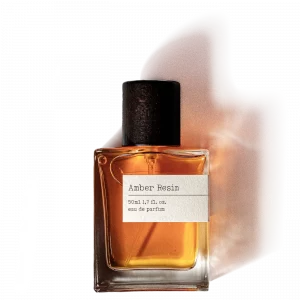
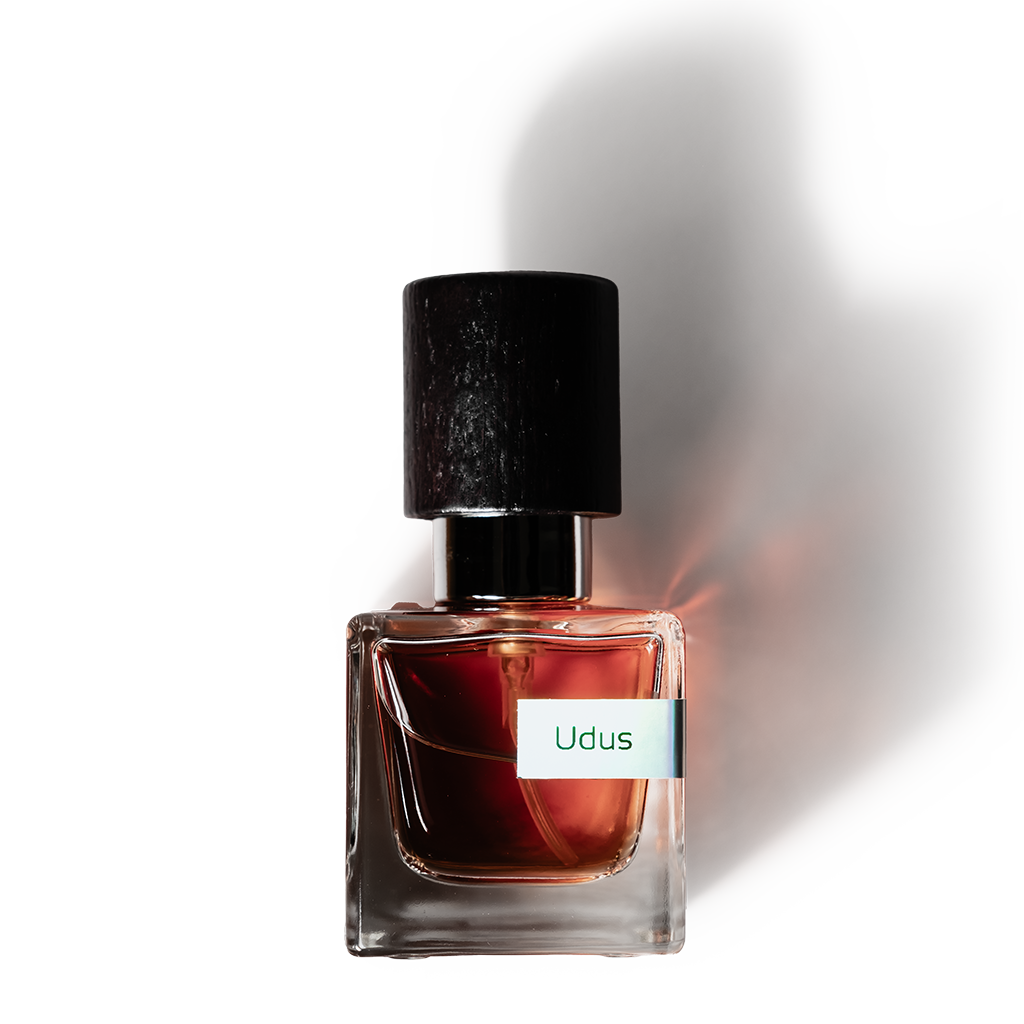
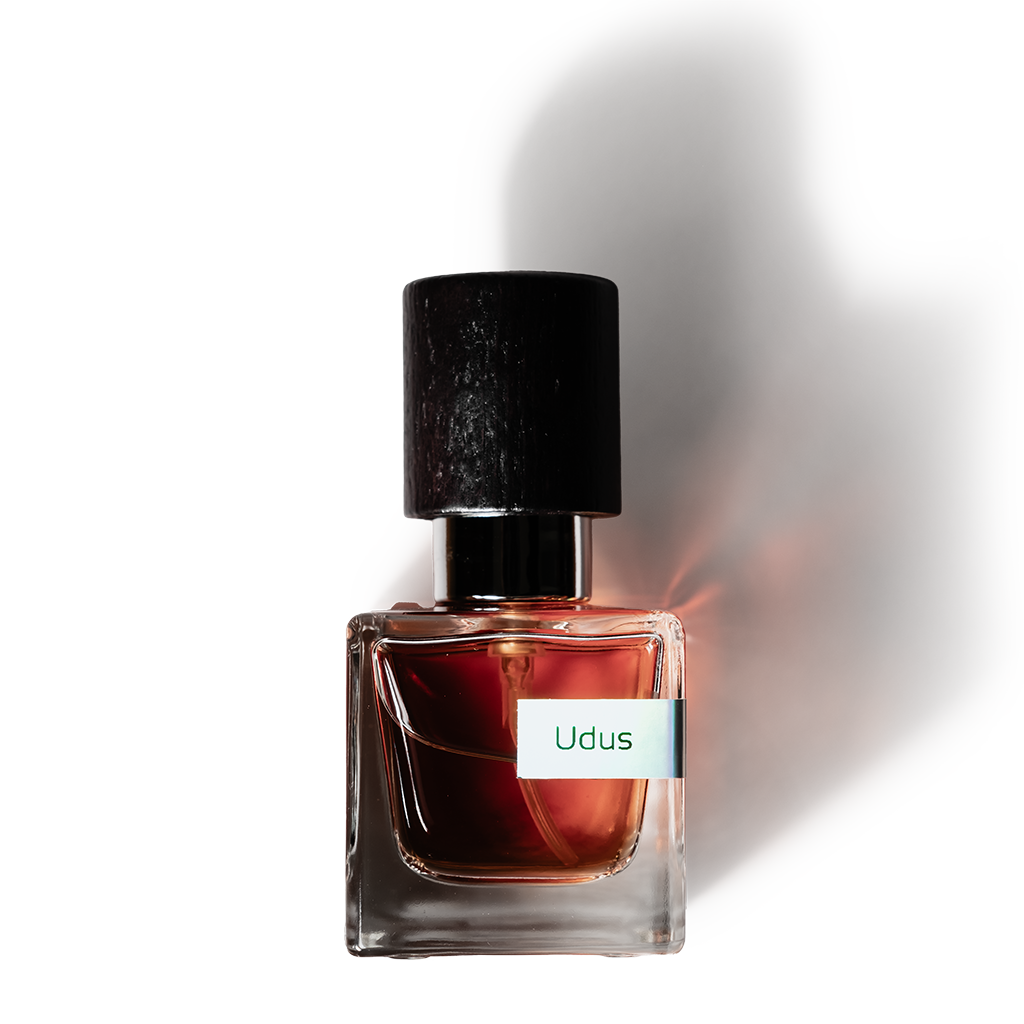
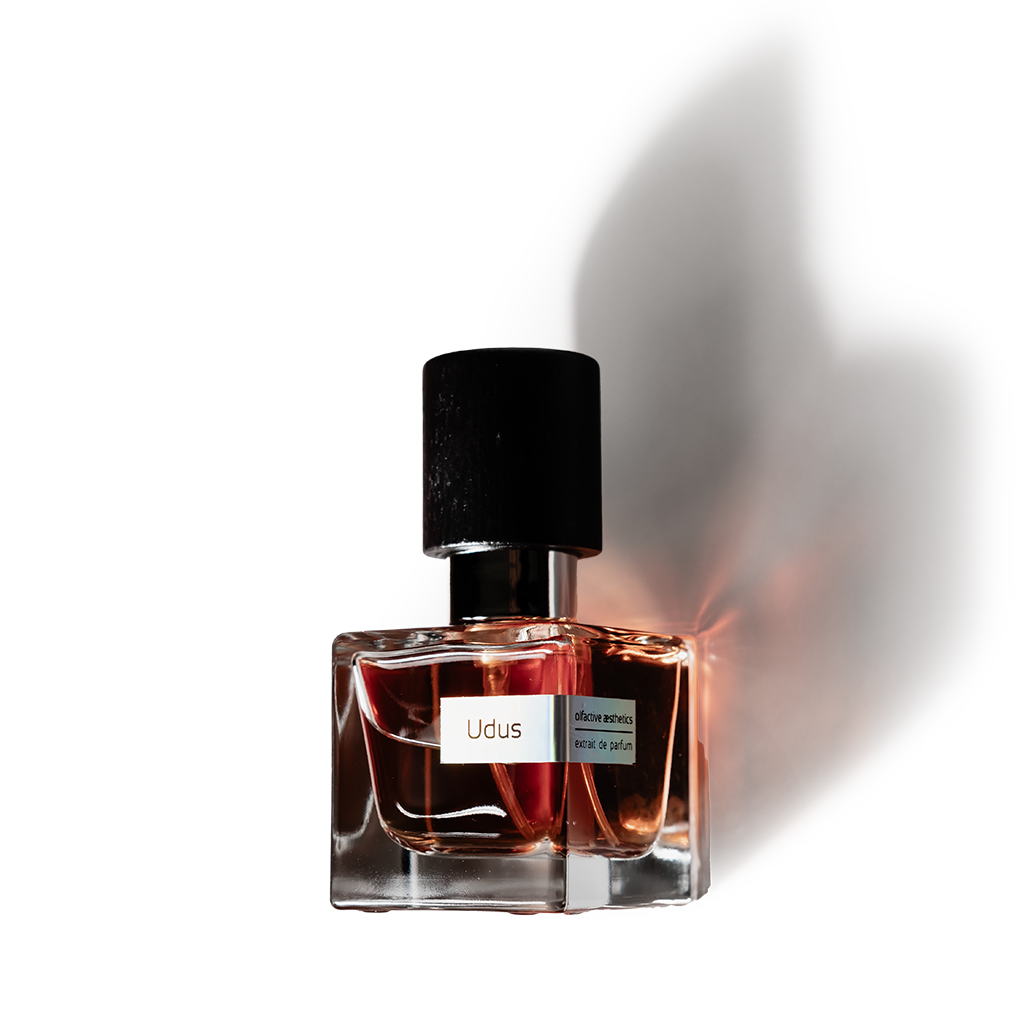
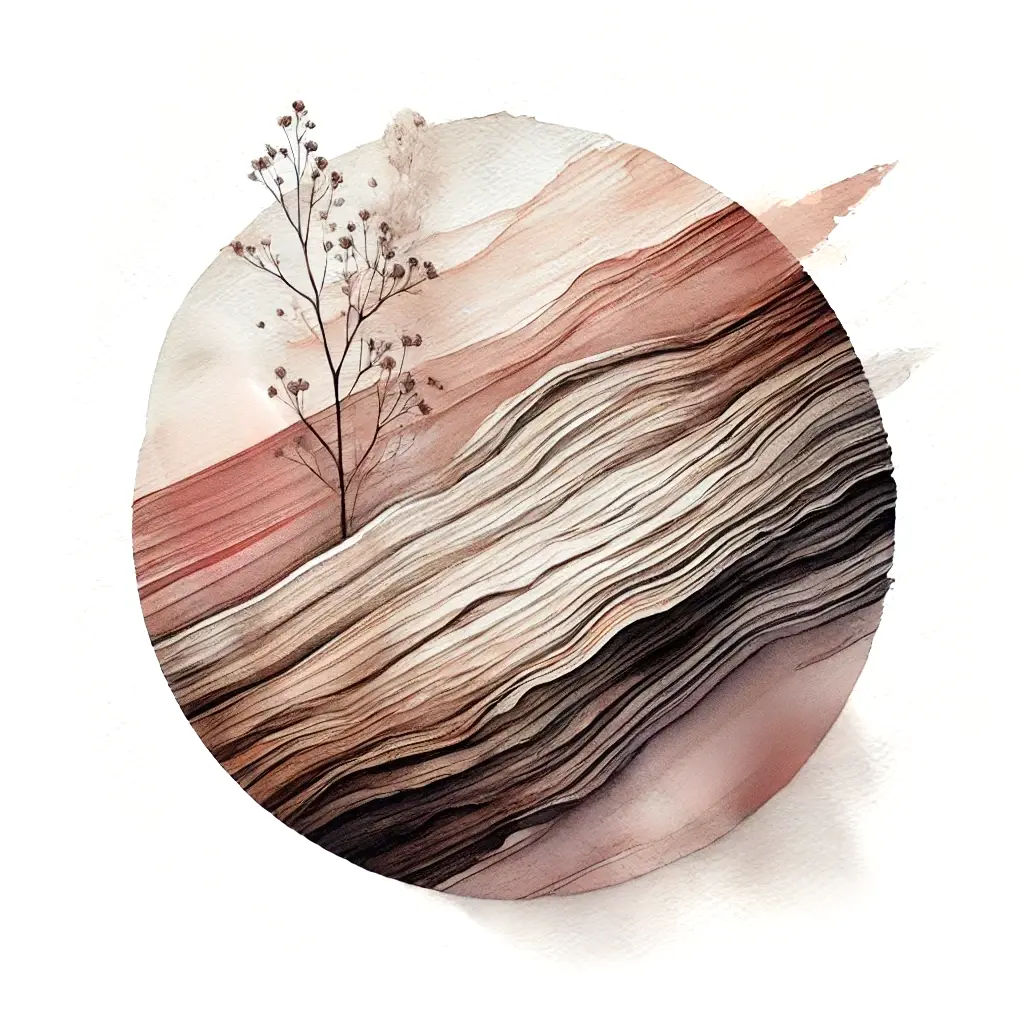
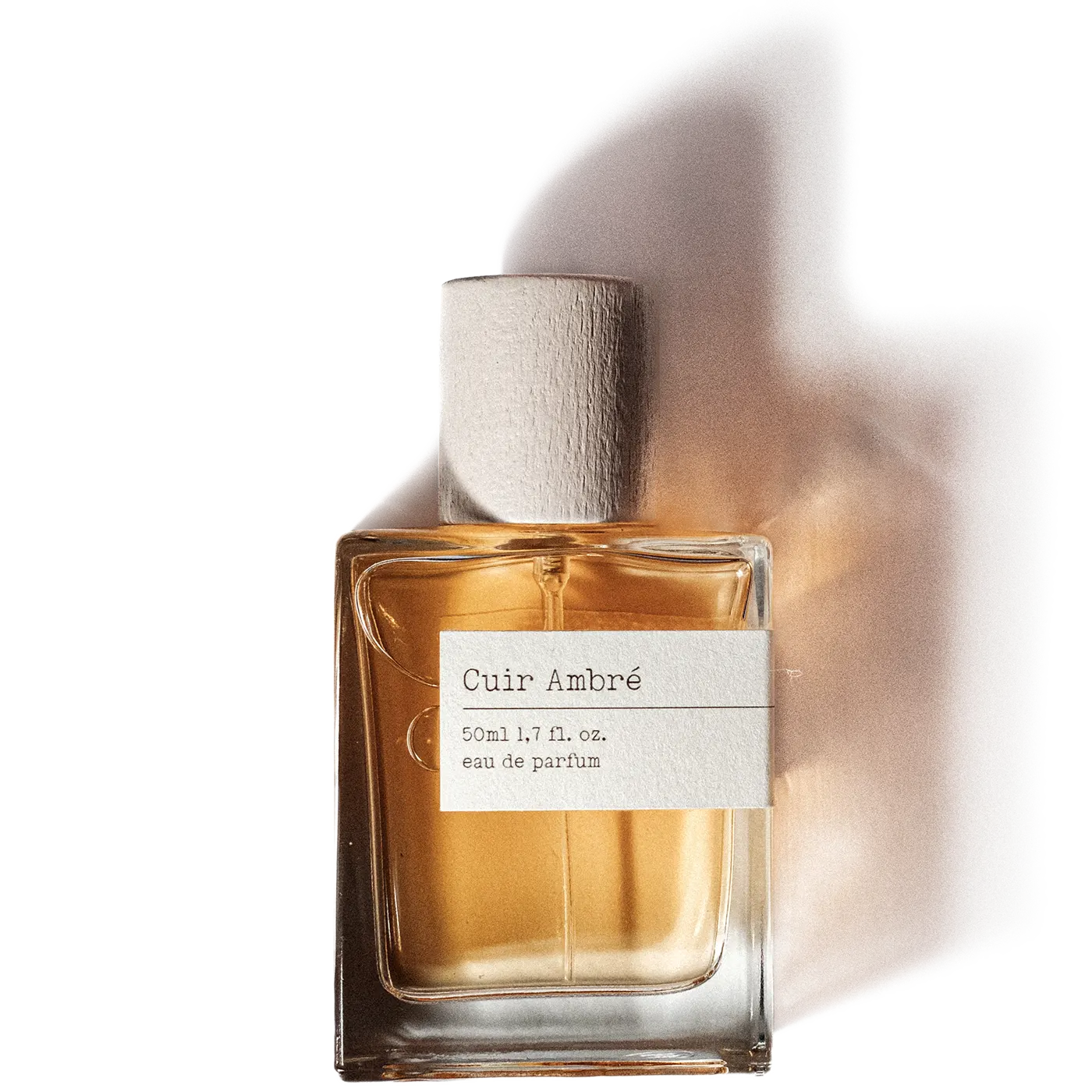
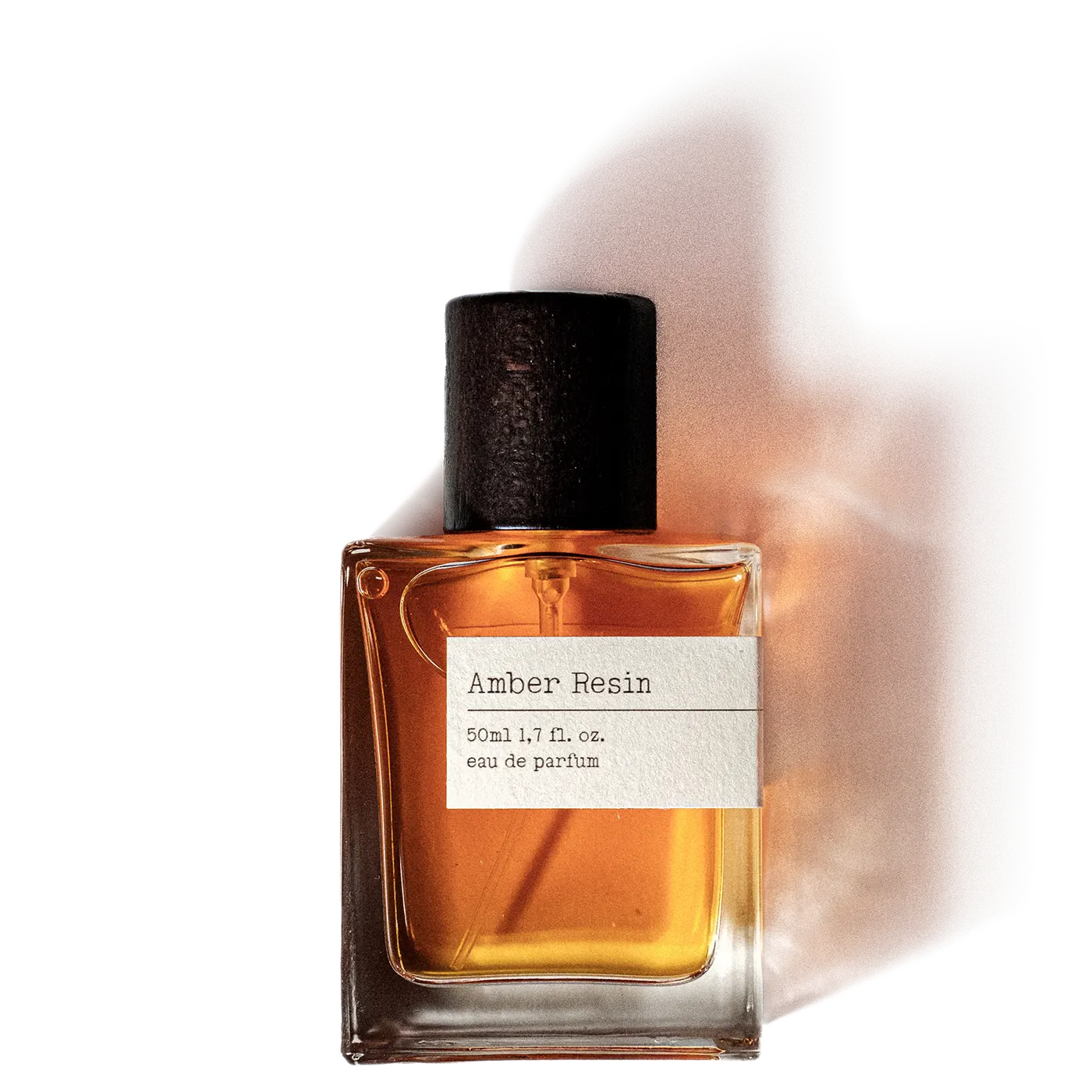
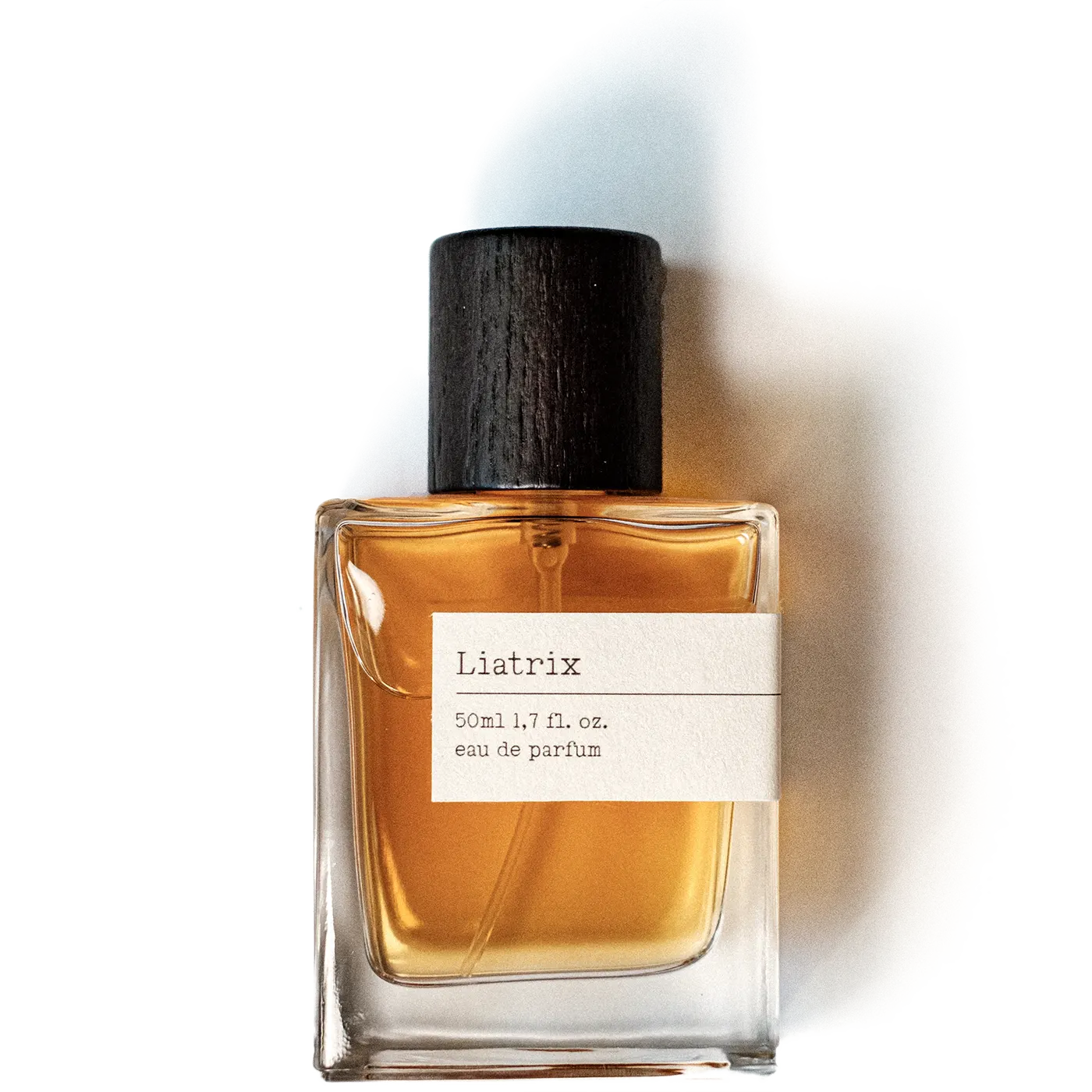
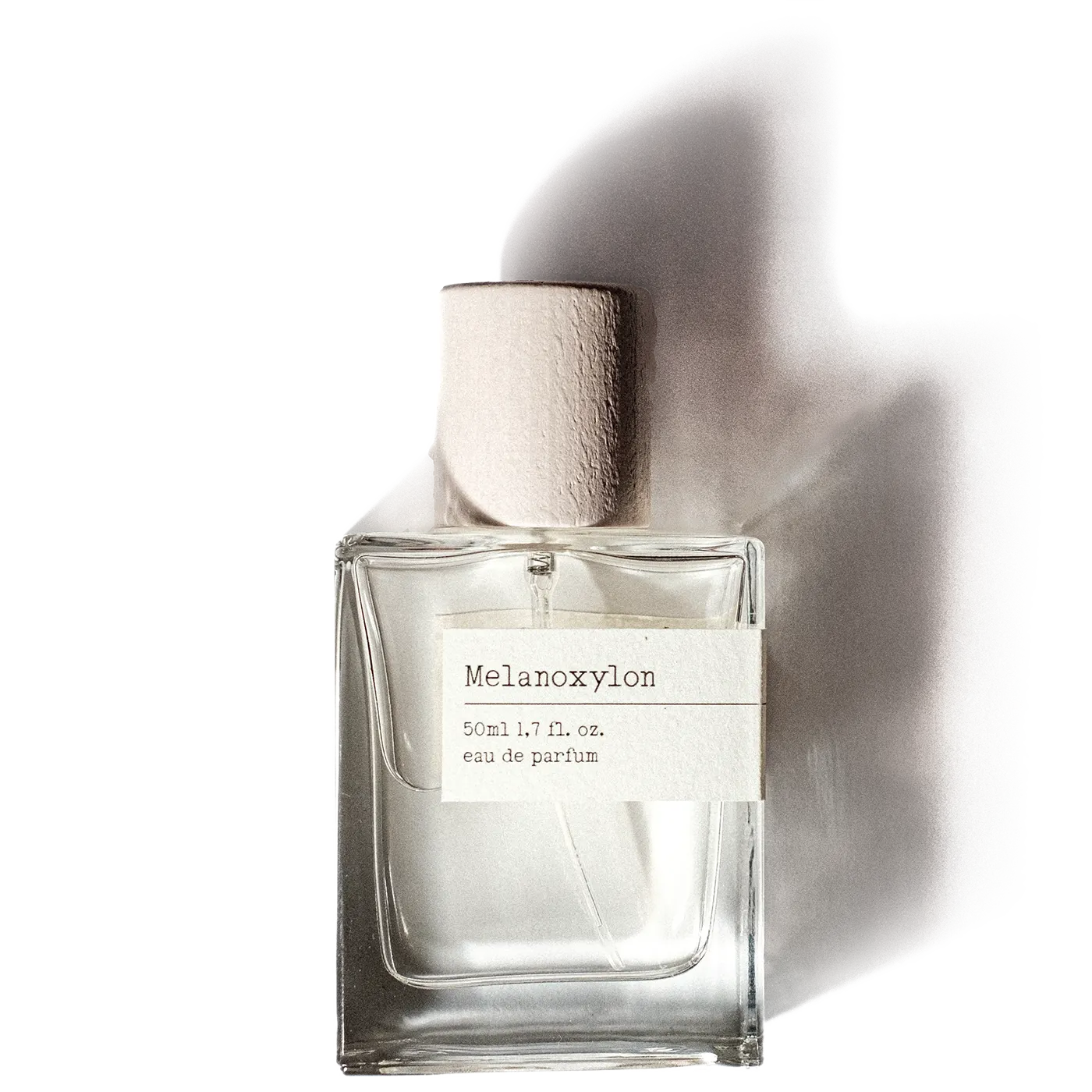
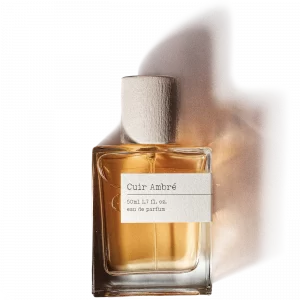
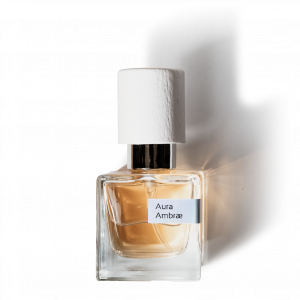
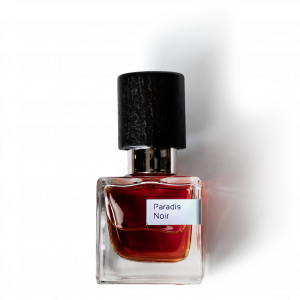
Reviews
There are no reviews yet.